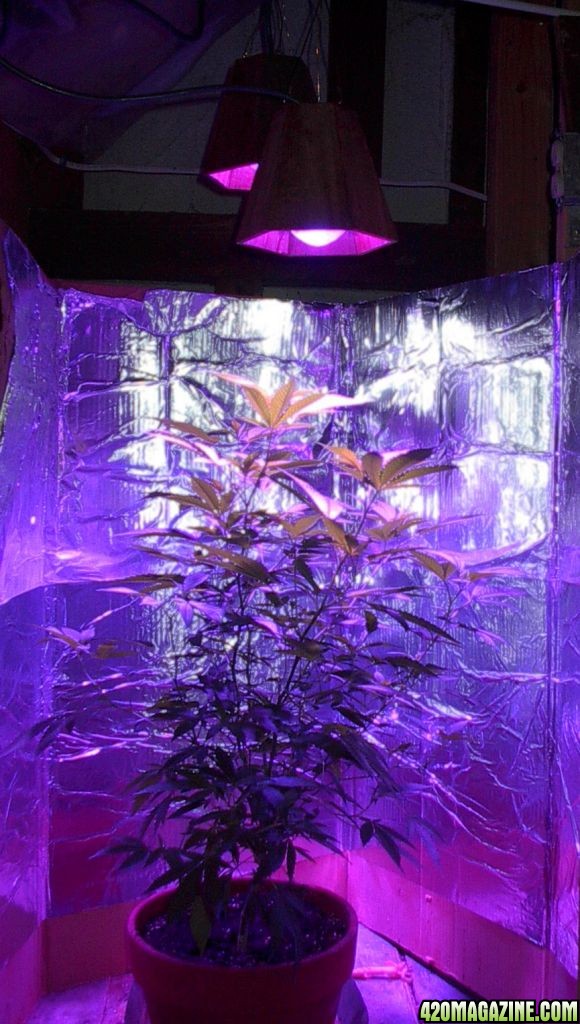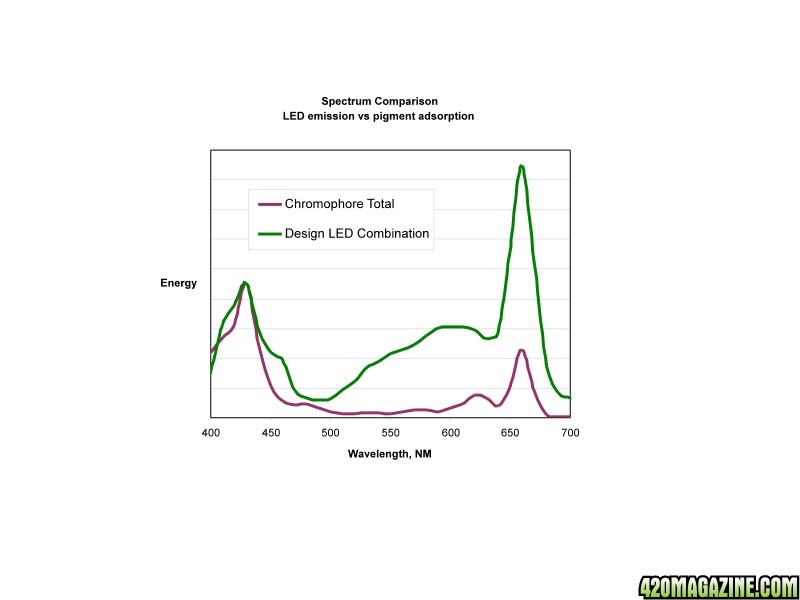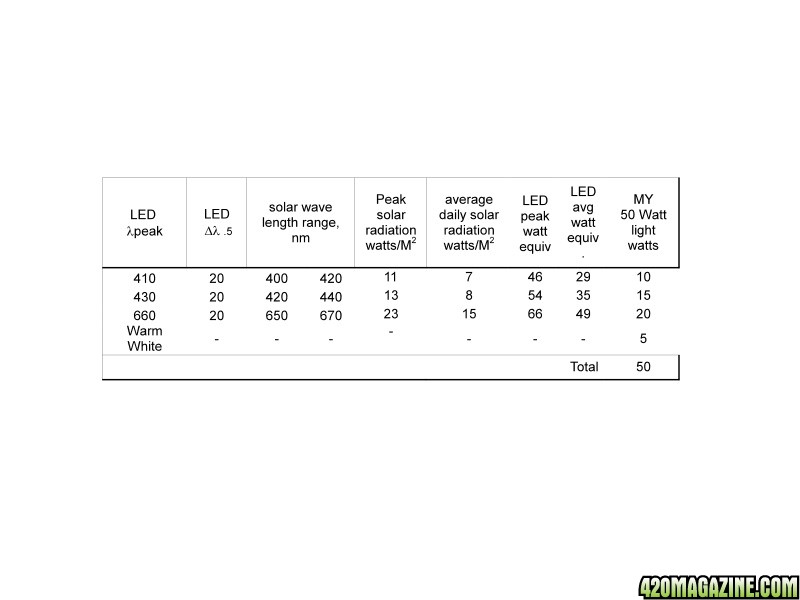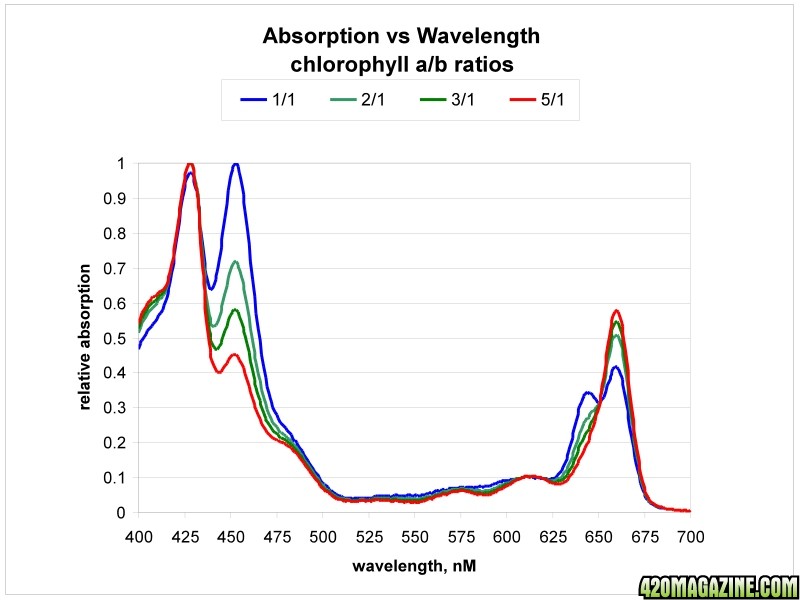Loial Green
New Member
Hey Dormgrow,
I am using your 864 watt hood in my 5x9 tent on a light mover. It sucks that you discontinued this immediately after my order because I will be running two tents and wanted to keep them the same. Within the next few weeks, I will be ordering another hood, 900 watts this time. Can I exchange my 2 month old 864 for another 900?
Your website doesn't mention height requirements on any light bigger than 600 watts. I currently have it at 36" from top of canopy and it seems to be working well, but its my first run and I have nothing to compare to. Does the fact that its moving allow me to get closer? What height should I be at? Is this one light sufficient for my space? Also I do have a meter that measures lumens and foot candles (not sure if that applies with LED since its all about spectrum). Can this help me dial in my exact scenario?
Thanks for letting me pick your brain. I look forward to hearing back!
SYN
I am using your 864 watt hood in my 5x9 tent on a light mover. It sucks that you discontinued this immediately after my order because I will be running two tents and wanted to keep them the same. Within the next few weeks, I will be ordering another hood, 900 watts this time. Can I exchange my 2 month old 864 for another 900?
Your website doesn't mention height requirements on any light bigger than 600 watts. I currently have it at 36" from top of canopy and it seems to be working well, but its my first run and I have nothing to compare to. Does the fact that its moving allow me to get closer? What height should I be at? Is this one light sufficient for my space? Also I do have a meter that measures lumens and foot candles (not sure if that applies with LED since its all about spectrum). Can this help me dial in my exact scenario?
Thanks for letting me pick your brain. I look forward to hearing back!
SYN







